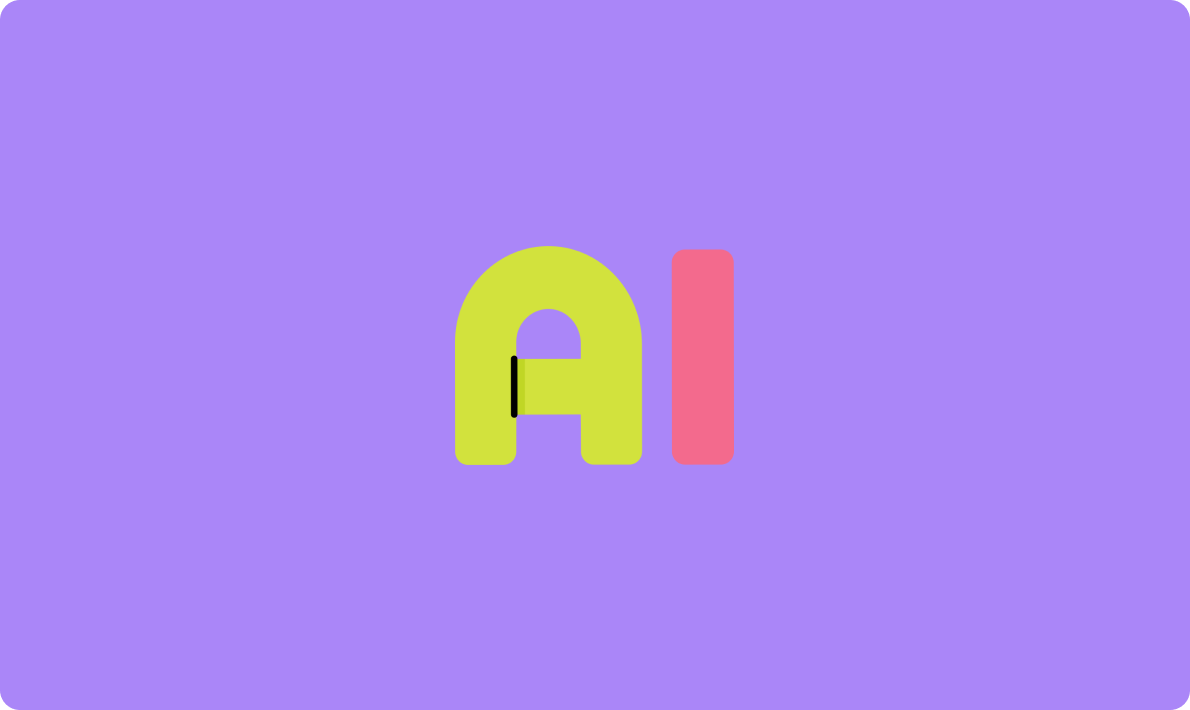
DeepSeek Janus-Pro 應用代碼與圖片鏈接實踐
在獲取到小說內容后,下一步是使用即夢AI的API,根據文本內容生成相應的圖片。這些圖片將在最終生成的微信公眾號文章中使用,提升文章的視覺吸引力。
即夢AI提供了一個RESTful API,通過該API可以根據內容生成圖片。下面是一個簡單的Java實現示例。
import java.io.OutputStream;
import java.net.HttpURLConnection;
import java.net.URL;
public class ImageGenerator {
public static void main(String[] args) {
String apiUrl = "http://api.jimengai.com/generate-image"; // 替換為實際的API URL
String prompt = "A scene from the novel"; // 根據小說內容生成提示
try {
URL url = new URL(apiUrl);
HttpURLConnection connection = (HttpURLConnection) url.openConnection();
connection.setRequestMethod("POST");
connection.setRequestProperty("Content-Type", "application/json; utf-8");
connection.setRequestProperty("Accept", "application/json");
connection.setDoOutput(true);
String jsonInputString = "{"prompt":"" + prompt + ""}";
try(OutputStream os = connection.getOutputStream()) {
byte[] input = jsonInputString.getBytes("utf-8");
os.write(input, 0, input.length);
}
int responseCode = connection.getResponseCode();
System.out.println("Response Code: " + responseCode);
// 處理響應,保存圖片到本地或直接使用
} catch (Exception e) {
e.printStackTrace();
}
}
}通過上述代碼,可以將文本提示發送給即夢AI的API,并接收生成的圖片。隨后,可以根據需要將圖片保存到本地或直接獲取其URL,以供后續使用。

完成內容抓取與配圖后,最后一步是將這些信息整合,生成格式化的微信公眾號文章。通過Java程序,可以輕松將文字內容和圖像整合成HTML格式,便于發布。
通過簡單的字符串操作,我們可以將抓取的內容和生成的圖片組合成微信文章的HTML格式。
public class WeChatArticleGenerator {
public static void main(String[] args) {
String title = "Chapter 1 of the Novel";
String content = "Here is the content of the chapter..."; // 從NovelScraper獲取
String imageUrl = "http://example.com/image.jpg"; // 從ImageGenerator獲取
StringBuilder article = new StringBuilder();
article.append("").append(title).append("
");
article.append("![Chapter Image]() ");
article.append("
");
article.append("").append(content).append("
");
String weChatArticle = article.toString();
System.out.println(weChatArticle);
// 將生成的文章發布到微信公眾號
}
}通過這種方式,可以生成完整的文章內容,并可以進一步使用微信公眾平臺的API將其發布。

在整個實現過程中,API調用是關鍵的一環。在此過程中,需特別注意API請求的格式和參數設置,以確保成功獲取響應。
以即夢AI的API為例,需確保請求的Content-Type為application/json,并在請求體中包含正確的JSON格式的提示信息。
此外,Java也可以用來調用其他AI服務,例如OpenAI API。下面是一個使用Hutool HTTP工具類庫進行API調用的例子。
import cn.hutool.http.HttpRequest;
import cn.hutool.http.HttpResponse;
import cn.hutool.http.HttpUtil;
import com.alibaba.fastjson.JSONArray;
import com.alibaba.fastjson.JSONObject;
import java.util.HashMap;
public class OpenAiUitl {
public static JSONObject execute(String url, String key, String value) {
HashMap headers = new HashMap();
headers.put("Content-Type", "application/json");
headers.put("Authorization", "Bearer " + key);
HttpRequest post = HttpUtil.createPost(url);
post.addHeaders(headers);
JSONObject data = new JSONObject();
data.put("model", "gpt-3.5-turbo");
JSONArray array = new JSONArray();
JSONObject messages = new JSONObject();
messages.put("role", "user");
messages.put("content", value);
array.add(messages);
data.put("messages", array);
post.body(data.toJSONString());
HttpResponse execute = post.execute();
return JSONObject.parseObject(execute.body());
}
public static void main(String[] args) {
JSONObject java = execute("https://api.openai.com/v1/chat/completions",
"你的key", "java");
System.out.println(java);
}
}通過這種方式,我們可以輕松地將Java應用程序與OpenAI API集成,實現創新的人工智能應用。
通過本文所述的步驟,您可以利用Java語言實現完整的內容生成流程,從網絡小說抓取到AI配圖,再到微信公眾平臺文章的構建,提升內容創作的效率和質量。